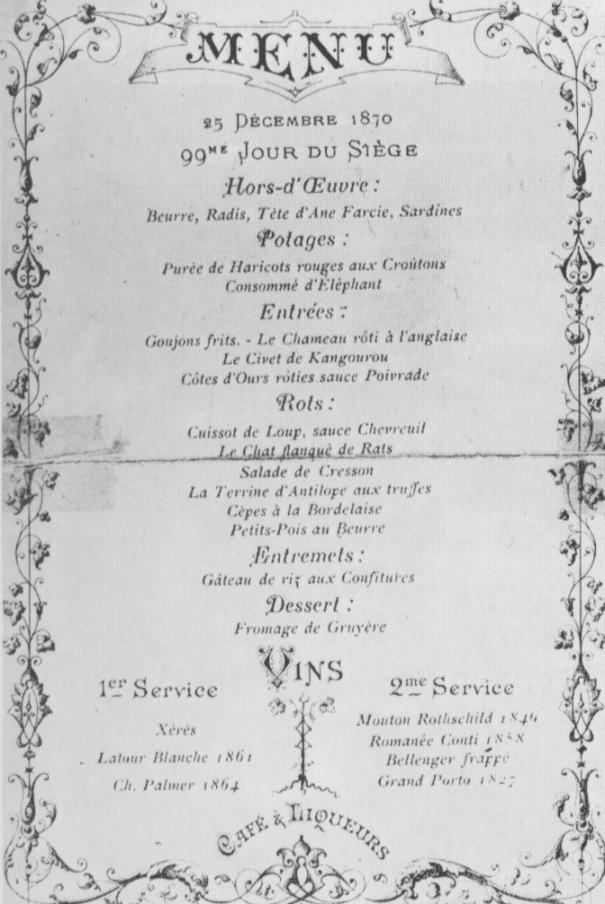 |
| Enlarge to view full text |
"Les résultats des analyses demandées par Picard ont confirmé la détection de viande de cheval dans les deux lots de lasagnes bolognaises." Yikes.
Yes, the lasagna bolognaise had horse meat in it. But despite Picard's faith that the products are tout à fait consommables, they've pulled the lasagne and chili con caballo from the shelves before anyone got the chance to try it for themselves. I would not have been one of them -- too many years of working with horses has elevated them to pet status in my mind -- but I suspect there would have been many takers here.
France, you see, has always loved horse meat, or at least since the 1789 Revolution. When the peasants overthrew the monarchy, they also slaughtered and butchered the contents of the nobles' stables to feed the starving citizenry. There seems to be a logical gap between wanting to behead the king and wanting to kill and eat every animal associated with him, but we'll assume for now that the peasants were just really, really hungry, since Marie-Antoinette never came through on her offer to let everyone eat brioche cakes.
In later history, French armies took to eating the enemy's horses as a sign of victory and a way to fend of malnutrition on the battlefront. A recipe dating from the Napoleonic campaigns describes how to make a great post-battle stew from the enemies' horses: cut up the horse and cook it in the enemy's armor, and then season with a pinch of gunpowder. ("La cuirasse pectorale des cavaliers démontés et blessés eux-mêmes servait de marmite pour la coction de cette viande, et au lieu de sel, dont nous étions entièrement dépourvus, elle fut assaisonnée avec de la poudre à canon.") Yum.
These were hard times, though. Much like the 1870 Siege of Paris, during which a food shortage prompted restauranteurs to raid the city's zoos. A Christmas Eve menu from that year features elephant, bear, kangaroo, antelope, and stray cats.
Surely by the 20th century and the arrival of the modern industrial food complex, the French would neither want nor need to eat horse meat, right? Apparently horse meat is very delicious, because although 1870 food critics decried elephant meat as "tough, course, and oily," horse meat remains on the menu. In 2004, 25,600 tons of horse were consumed in France: only a couple of ounces per citizen, but a regular part of one-sixth of the population's diet. Horse meat is fairly expensive, selling at the local horse butcher at about the same price as veal.
 |
| Butchers in France always feature smiling meat-producers. Is it a suggestion of humane slaughter, or just a creepy endorsement? |
For the rest of us, we can only shudder and be glad that the lasagne bolognaise wasn't on sale the day we were out shopping.


No comments:
Post a Comment